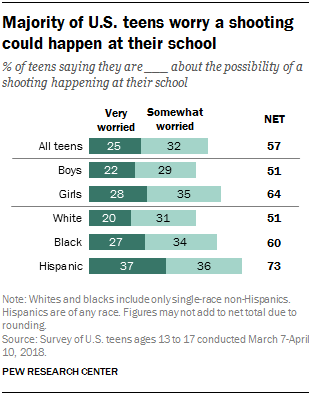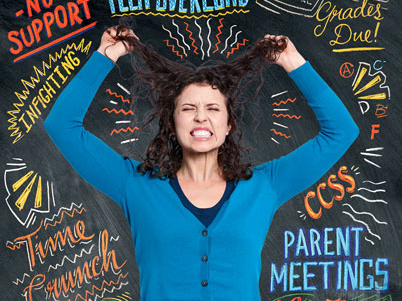My Critical Takeaways
Something that resonated with me most as a future teacher was the discussion of mental health.
Throughout this class and my time working with children, I have taken note of the importance of both of these topics. In elementary school settings, many people overlook the mental well being of young students. It is often assumed that young students do not need to tend to their mental health, they believe that these students do not have a care in the world, that they do not feel the stress that older students feel about school work. However, that is not the case. Students and children of all ages can struggle with their mental health, from anxiety to other more severe disorders, teachers spend long spans of time with their students, it is important that teachers keep an eye on their students, watching for signs that they may be in mental distress. Even their youngest students.Anxiety is on the rise amongst young students, it is important that teachers and parents provide support and understanding as they help their students work through what is bothering them. Teaching students proper coping mechanisms and creating a classroom culture of safety and support will help the students feel more at ease in the classroom and in their day to day life.
With 1/10 children on average suffering from a mental health issue, there is a strong possibility a teacher could have more than one child dealing with a mental health issue, thus, promoting the idea that teachers need to be aware of their student's behaviors and mental wellbeing.








